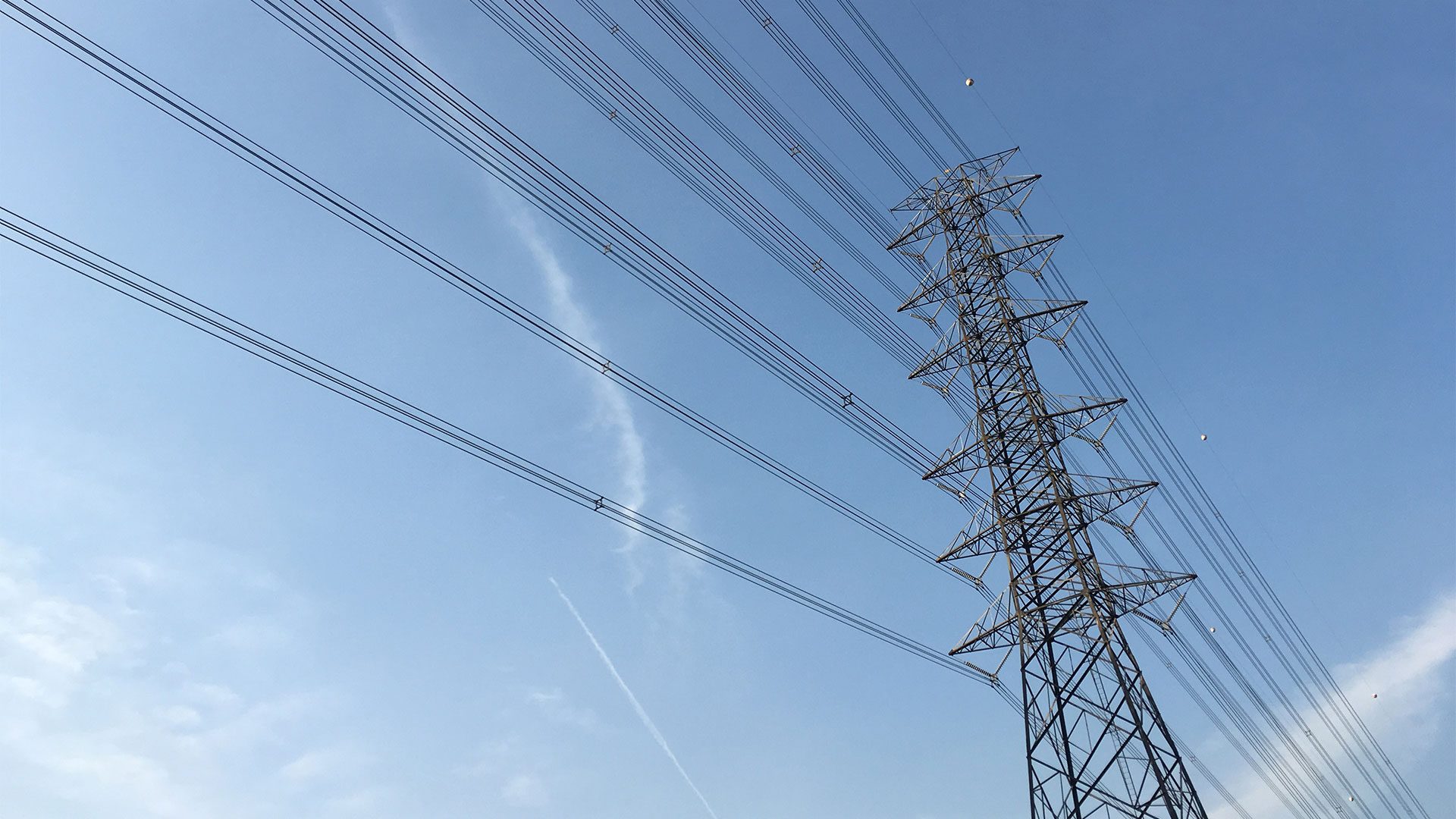The ERCOT Inverter-Based Resource Working Group (IBRWG) meeting on September 16, 2024, focused on updates and developments around the integration, testing, and performance of inverter-based resources (IBRs) within ERCOT. The discussions centered on revisions to the DWG procedure manual, updates on NERC standards driven by FERC Order 901, a draft proposal for advanced grid support testing for energy storage resources, challenges with primary frequency response from IBRs under deep curtailment, and measurement methods for critical system parameters like the Rate of Change of Frequency (RoCoF) and phase angle jumps. The meeting provided detailed insights into how ERCOT is planning to ensure grid reliability amid the growing penetration of IBRs.
DWG Procedure Manual
ERCOT provided updates on the DWG Procedure Manual, thanking stakeholders for their support and addressing all comments received. The updated Draft DWG Procedure Manual has been posted on the DWG website for stakeholders to familiarize themselves with the changes. It includes revisions related to NPRR245, a key regulatory change focusing on the ride-through capabilities of inverter-based resources.
The Public Utility Commission of Texas (PUCT) approved NPRR245 in September, with the effective date set for October 1, 2024. ERCOT had originally planned for ROS approval in September but has pushed this back to October 3, 2024 to accommodate ongoing discussions. ERCOT also updated the PMV (Performance Measurement and Verification) and DMV (Dynamic Model Validation) tools to reflect the latest NOGRR245 test proposals, ensuring that IBRs meet the new standards for voltage and frequency ride-through events. These tools have been linked in previous meeting presentations and are included in the ERCOT Model Quality Guide.
NERC Standards Update – FERC Order 901
A brief update was given on the NERC standards related to FERC Order 901, which was issued in October 2023 to address integration challenges posed by inverter-based resources. NERC has focused on four key areas: data sharing, model validation, planning and operational studies, and IBR performance requirements.
Milestone 2 projects, which are to be completed by November 4, 2024, include the development of PRC-028-1, a standard focused on improving disturbance monitoring equipment for better visibility during grid events. Additionally, PRC-024 version 5, initially intended to cover IBR-related material, has been split into two separate standards: PRC-029, which deals with frequency and voltage ride-through requirements, and PRC-030, which mandates entities to evaluate and mitigate IBR-related issues.
A NERC Technical Conference was held recently to gather feedback on PRC-029, with participants highlighting the difficulty of meeting the new requirements with older equipment. Discussions focused on potential challenges faced by older generation resources and Original Equipment Manufacturers (OEMs) in complying with the updated standards. Stakeholders raised concerns about the proposed standards exceeding those of IEEE 2800, particularly in relation to legacy equipment, and asked NERC to consider these factors in its final ballot.
NERC is expected to issue new standards for ballot soon, with further outreach planned to address the concerns raised during the conference. The updated standards will be implemented following FERC approval, and timelines will be shared with stakeholders accordingly.
Draft Proposal for Advanced Grid Support – Energy Storage Resources
ERCOT presented a draft proposal for a revision request that focuses on advanced grid support from energy storage resources (ESRs). The proposal introduces seven new model quality tests that aim to ensure energy storage resources can provide enhanced system support during grid disturbances, such as voltage and frequency deviations. As the grid continues to evolve with more inverter-based technologies that lack traditional inertia, these tests are designed to assess and verify the grid-supporting capabilities of ESRs.
The seven proposed tests include:
- Flat Start Test: Evaluates the resource’s ability to start without external voltage.
- Small Voltage Disturbance Test: Tests how the resource reacts to minor voltage deviations.
- Large Voltage Disturbance Test: Assesses how the resource handles significant voltage swings.
- Frequency Change and Inertia Response Test: Ensures the ESR can respond effectively to frequency changes, mimicking inertia.
- System Strength Test: Measures the resource’s stability contribution in weak grid conditions.
- Phase Angle Jump Test: Observes how the ESR responds to rapid changes in the grid’s phase angle.
- Loss of Synchronous Machine Test: Evaluates the ESR’s performance when synchronous generators are lost.
These tests will apply to energy storage resources with SGIS agreements signed on or after April 1, 2025. While the initial focus is on energy storage, ERCOT indicated that it may extend similar requirements to wind and solar resources in the future. The stakeholders were encouraged to provide feedback on this proposal, which is expected to be formally submitted in October 2024.
Primary Frequency Response from IBRs under Deep Curtailment
Primary Frequency Response (PFR) from IBRs during periods of deep curtailment was another significant issue discussed. It was highlighted that IBRs, particularly wind turbines, struggle to provide frequency support during under-frequency events when they are in a state of high curtailment or zero power production. This creates a gap in the grid’s ability to stabilize frequency during disturbances.
ERCOT standards require frequency response within 16-60 seconds, but turbines in full curtailment mode take longer to resume active power production. Two potential solutions were suggested:
- Listing this situation as an exemption from PFR requirements.
- Setting realistic expectations for turbine response during curtailment.
Participants also discussed the wear and tear on turbines caused by frequent start-stop cycles, which could be mitigated by adjusting the plants to avoid unnecessary pausing due to minor frequency deviations. Enhancing telemetry data to provide real-time updates on turbine readiness (NTON/NTOFF signals) was proposed to improve grid operators’ expectations around IBR response times.
NOGRR245 Update
The update on NOGRR245 indicated that ERCOT is awaiting a decision from the PUCT, which is expected soon. If approved, NOGRR245 will set new standards for IBRs operating in the ERCOT region. Discussions with FERC staff confirmed that ERCOT’s approach, which sometimes exceeds NERC standards, is acceptable as long as it aligns with regional reliability requirements.
ERCOT plans to submit a new NOGRR once the PUCT approves NOGRR245. These discussions will likely take place within the ROS and TAC forums, and updates will be provided to the IBRWG regularly to keep stakeholders informed of any developments.
RoCoF and Phase Jump Measurement Discussion
The final topic of the meeting was a discussion on the methods for measuring Rate of Change of Frequency (RoCoF) and phase angle jumps, which are critical for determining how protection systems respond during grid disturbances. Accurate measurement of RoCoF is essential to ensure that the grid responds effectively to frequency deviations.
Current guidance from IEEE 2800 recommends a minimum averaging window of 0.1 seconds for RoCoF measurement, but recent events, such as those in Odessa, suggest that this window may not be sufficient to prevent erroneous tripping of protection systems. ERCOT proposed extending the averaging window to 0.5 seconds to improve the reliability of these measurements.
There was also discussion about the challenges of measuring phase angle jumps, with participants agreeing that these measurements should not trigger protection system trips during faults. The group emphasized the need for consistent measurement methods across different equipment manufacturers, as different calculation methods could lead to inconsistencies in how protection systems respond.
The participants agreed that a standardized methodology should be developed to avoid discrepancies in RoCoF and phase angle jump measurements. ERCOT will continue to work with OEMs and stakeholders to refine these methodologies, with the goal of ensuring that the new measurement standards are implemented in a timely manner.



